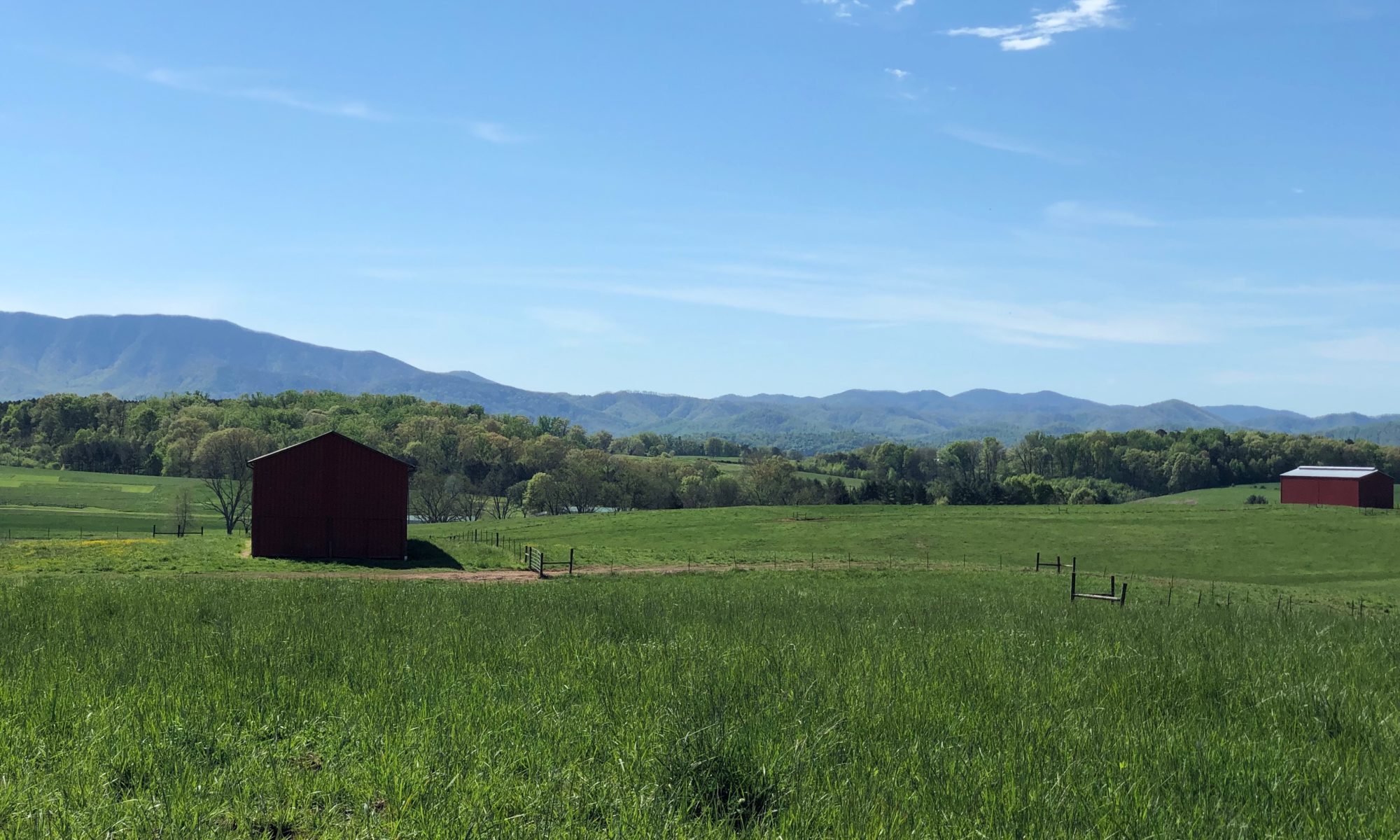

Dr. Katie Mason
Assistant Professor and Extension Beef Cattle Nutrition Specialist
Department of Animal Science
P: 865-974-8941
With the warm temperatures and rainfall, we’ve had lately, it’s easy to see that spring green-up is here and the fescue is about to take off. But I think it’s always useful to look back so that you can look forward. What do I mean by that? Even though we’re moving into spring, take a moment to look back at your winter hay feeding season, and think about what worked, what didn’t, and the economics of it all. Then you can start looking forward and thinking about the next winter hay feeding season, and making any adjustments that may be warranted.
When it comes to nutritional management for beef cattle, it is important to make the most efficient use of your forage base, whether it’s grazing or hay, and then fill in with supplemental feed or nutrients when needed. There are a few things to consider as you make a plan:
- Cut hay at the ideal time: It is best to cut hay when forage is in the late boot or early head stage, to ensure optimal quality and yield. Of course, it is easier said than done, given the weather conditions we often face during the summer. But cutting with the goal of optimal yield and quality, rather than maximum yield, will create an opportunity to feed less supplemental feed during the winter.
- Make a hay inventory: As you cut hay this summer or purchase it, test each lot or cutting and make a record of it. If you have the ability, separate the lots when you store them, so that you can select lower quality hay to feed dry cows, and save the high-quality hay for when cows are in peak lactation. And remember, you can’t do this without a hay test!
- Understand cattle requirements throughout the year: A mature cow’s nutrient requirements are cyclical in nature. That is, when a cow is approaching calving, she has moderate energy and protein requirements. After calving and during peak lactation, she has the highest needs. And when she weans her calf, her needs will be at their lowest. This cycle repeats every year that she has a calf, and it is important to adjust the nutritional management plan based on nutrient demand and nutrient supply.
- Select the right supplement: Determine whether the main deficiency in your hay is energy or protein (hello, hay test!), and feed accordingly. Select supplements that address the deficiency, are economical, and work well within the labor availability on your farm.
- Reduce waste: Hay can be lost through improper storage and feeding methods. If you do not have a hay barn, try to store hay where it is covered and elevated off the ground to reduce surface weathering. Limit access to hay through bale grazing, unrolling, or hay rings to reduce waste at feeding.
At the end of the day, there is no one magical plan to feed cattle. But one thing we can be sure of is that feed costs are the greatest input cost in the cattle business; proper management techniques can help to reduce production costs, which in turn positively impacts profit. I know it is hard to think ahead to next winter when the grass is greening up and soon enough there will be hay to cut but taking a few moments to evaluate what the past season looked like will be helpful in understanding how to look forward.